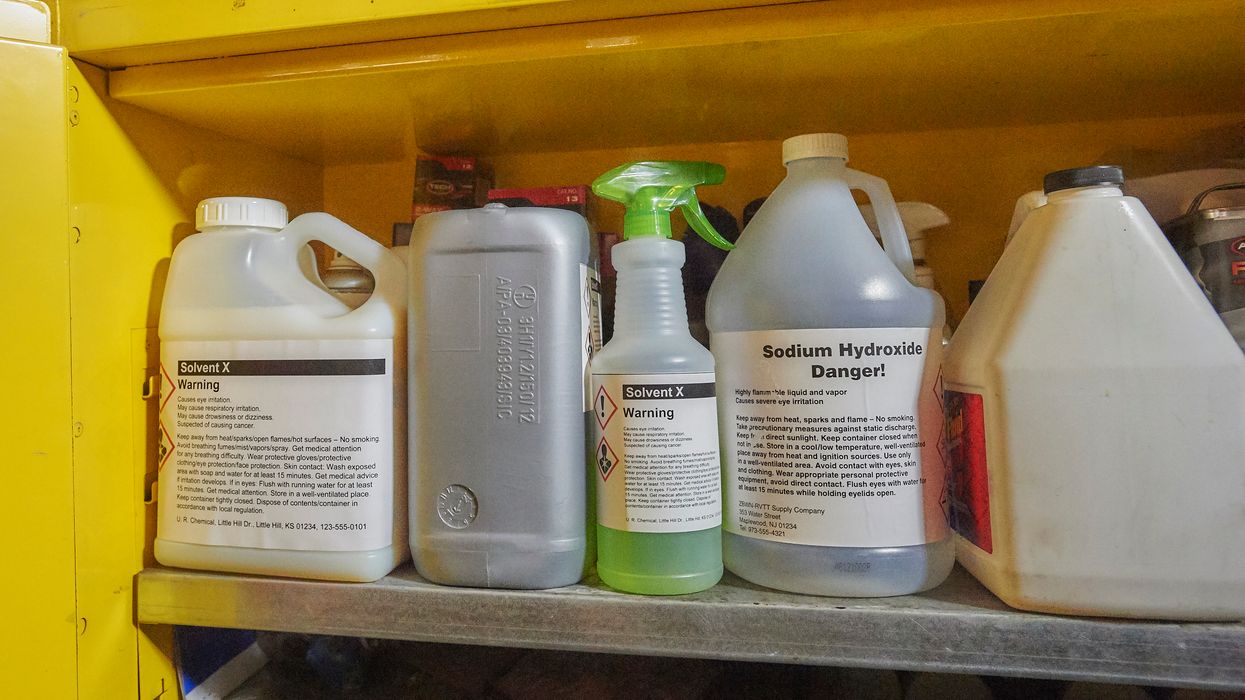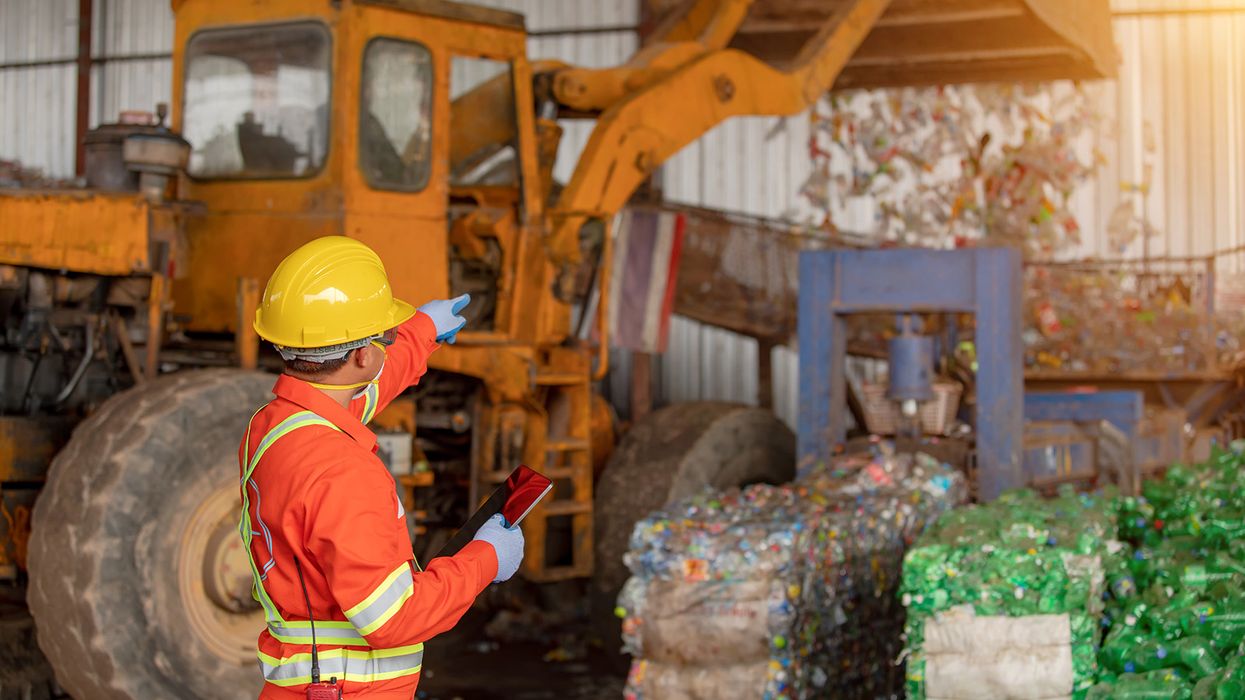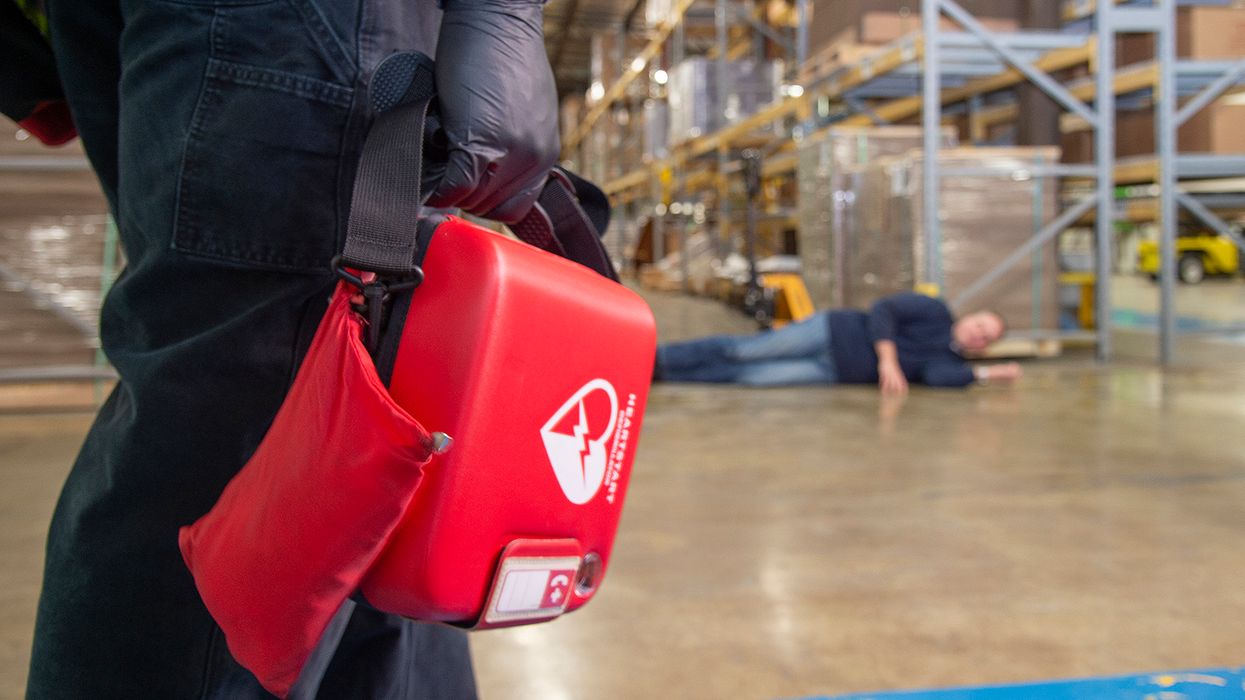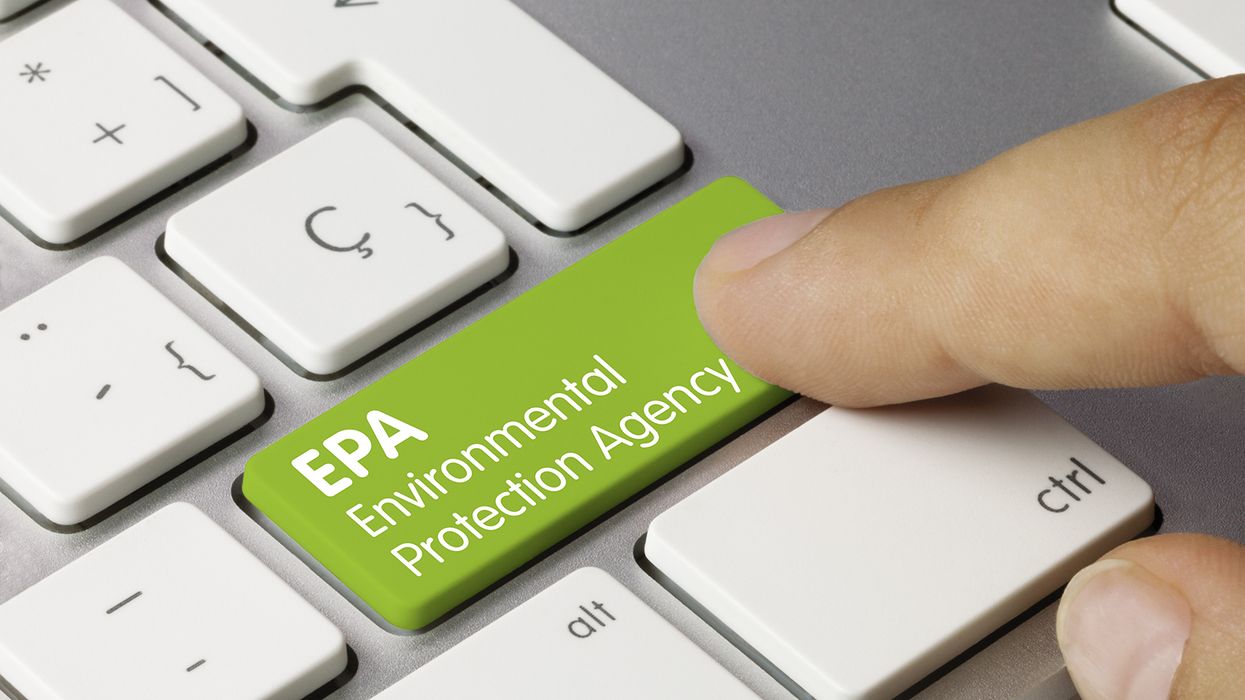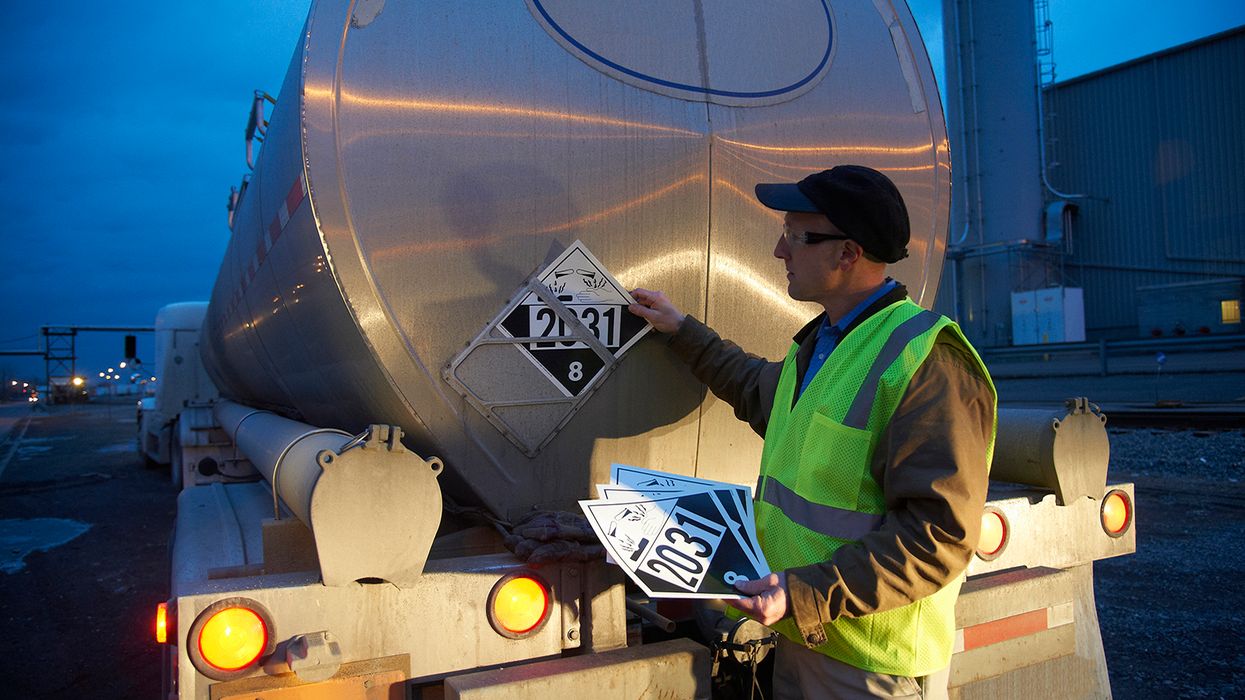Our chemical poses a substantial risk. What do we do?
Working with chemicals can be a risky business. What happens when information reveals that a chemical poses a substantial risk to human or environmental health? Those handling the chemical, including the organization and its employees, have a legal duty to report the risk to the Environmental Protection Agency (EPA).
Section 8(e) of the Toxic Substances Control Act (TSCA) requires that anyone who receives information supporting the conclusion that a chemical substance or mixture poses a substantial risk of injury must immediately submit a Substantial Risk Notice (SRN) to EPA. SRNs aren’t uncommon; they can apply to any business that handles chemical substances. EPA announced in October 2025 that it had cleared a backlog of more than 3,000 SRNs!
If your facility handles any chemical substance, you’re subject to TSCA Section 8(e) reporting. Here’s how your facility can meet the SRN requirements based on EPA’s policy and guidance, Statement of Interpretation and Enforcement Policy; Notification of Substantial Risk (SRN guide), in the Federal Register.
Who must report?
TSCA Section 8(e) requirements apply both to organizations and to individual employees engaged in manufacturing (including importing), processing, or distributing in commerce a chemical substance or mixture..
Tip: The statute offers no applicability exemptions for a facility’s size, production or import volumes, or commercial activities.
Those in the company who manage Section 8(e) obligations (“officers”) should ensure that the organization meets the requirements. Officers have personal civil and/or criminal liability to verify that SRNs are submitted.
Facilities may assume responsibility from employees and officials for reporting substantial risk information directly to EPA if they establish and implement internal procedures for employees to submit information to the company. The procedures should include:
- What information must be submitted;
- How submissions are prepared and who in the company receives them;
- The federal penalties for failing to report; and
- How officers and employees receive prompt written notification of whether the report was submitted to EPA (if information isn’t reported, the written notification has to mention the right of officers and employees to report the information directly to EPA).
If a business doesn’t have established SRN procedures, all of its employees and officials are individually responsible and liable for ensuring that substantial risk information is submitted directly to EPA.
Regardless of who submits the SRN to the agency, the report should be made within 30 calendar days of obtaining information about a substantial risk of injury.
What qualifies as a substantial risk?
The SRN guide defines substantial risk as “a risk of considerable concern” due to:
- The seriousness of the effect on human or environmental health (health effect), and
- The fact or probability that it will occur (level of exposure).
The type of health effect determines the weight of importance assigned to both factors. For instance, if the chemical’s health effect is severe (like causing birth defects), less weight is given to the level of exposure.
The types of health effects include:
- Human health effects (such as serious or prolonged incapacitation);
- Environmental effects from nonemergency environmental contamination (like widespread accumulation of a chemical substance in the air or water); and
- Emergency environmental contamination that seriously threatens:
- Humans with cancer, birth defects, mutation, death, or incapacitation; or
- Nonhuman organisms (e.g., fish, algae, etc.) with significant population destruction.
How are SRNs submitted?
You should submit SRNs electronically through the Chemical Information Submission System (CISS), which is accessed via the Chemical Safety and Pesticide Programs (CSPP) service on EPA’s Central Data Exchange (CDX).
Tip: Reference EPA’s CDX Chemical Safety and Pesticide Programs (CSPP) Registration User Guide for detailed registration instructions.
If your SRN includes confidential business information claims, you’re required to submit the notice electronically.
Key to remember: If your facility obtains information that a chemical you handle poses a substantial risk to human or environmental health, you must report the information to EPA immediately.






















